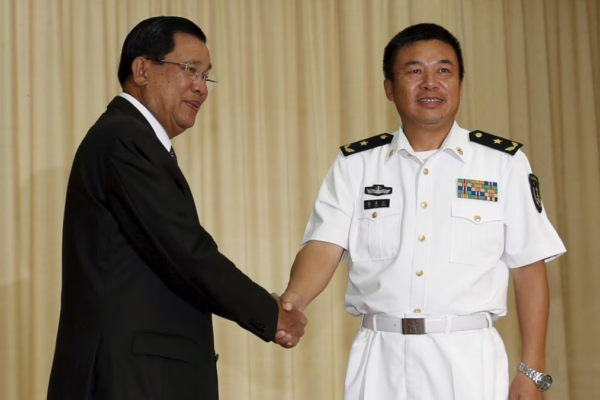EXPLAINED: Why March is a sensitive month for Tibetans
For decades now, March has been a politically sensitive month for Tibetans, when Chinese authorities ramp up restrictions and security measures. That’s because a series of important events and acts of Tibetan resistance have happened during this month over the years, starting with the March 10, 1959, uprising against Chinese rule. This year, too, Beijing has intensified security and surveillance measures across Tibet, conducting inspections and holding provincial, county and township level meetings to issue strict directives to take action to “win the stability battle” in March. Additional police and military forces have been deployed in the capital of Lhasa, including religious sites such as the Jokhang Temple and Sera Monastery, according to two sources in the region. Security personnel have been patrolling neighborhoods even at 3 a.m., they said. Social media censorship and internet shutdowns prevent Tibetans from sharing information with the outside world. What happened on March 10, 1959? On that day 66 years ago, tens of thousands of Tibetans in Lhasa rose up against Chinese rule, which had begun when Mao Zedong’s Communists invaded and forcibly annexed Tibet in 1950. The revolt was in direct response to growing Chinese repression and fears for the safety of the Dalai Lama. As Chinese forces rose to crush the rebellion, thousands of Tibetans died. Hundreds of Tibetans march through the center of Sydney, Australia, on March 10, 2017, marking the 58th anniversary of China’s presence in Tibet.(Jason Reed/Reuters) This year, in cities and towns globally, including in India, North America, and in Europe, the Tibetan Women’s Association organized marches that included students, Buddhist nuns and activists who amplified the voices of past Tibetan women patriots and assert the role of Tibetan women living in exile. March 14: Lhasa protest and crackdown Many years later, on March 14, 2008, large-scale protests erupted in Lhasa against Chinese rule and religious repression, erosion of Tibetan culture and economic marginalization. What began as a peaceful protest quickly escalated into the biggest uprisings in Tibet since 1959, triggering a violent crackdown, resulting in hundreds of arrests, disappearances and deaths. A Tibetan nun listens to a speaker during a protest march held to mark the 65th anniversary of the Tibetan Uprising against Chinese rule, in Dharamsala, India, March 10, 2024.(Adnan Abidi/Reuters) What does the Dalai Lama say about the future of Tibet? Beijing believes the Dalai Lama wants to split off the Tibet Autonomous Region and other Tibetan areas in Sichuan, Qinghai, Gansu, and Yunnan provinces from the rest of the country. However, the Dalai Lama does not advocate for independence but rather a “Middle Way” that accepts Tibet’s status as a part of China and urges greater cultural and religious freedoms, including strengthened language rights that are guaranteed for ethnic minorities under China’s constitution. Do Tibetans living in exile protest in March? Yes. Every March 10, Tibetans and their supporters around the world organize protests and solidarity events marking the anniversary of the 1959 Tibetan National Uprising. These protests serve as a powerful reminder of Tibet’s ongoing struggle for freedom and human rights. Edited by Tenzin Pema, Roseanne Gerin and Malcolm Foster. We are : Investigative Journalism Reportika Investigative Reports Daily Reports Interviews Surveys Reportika



